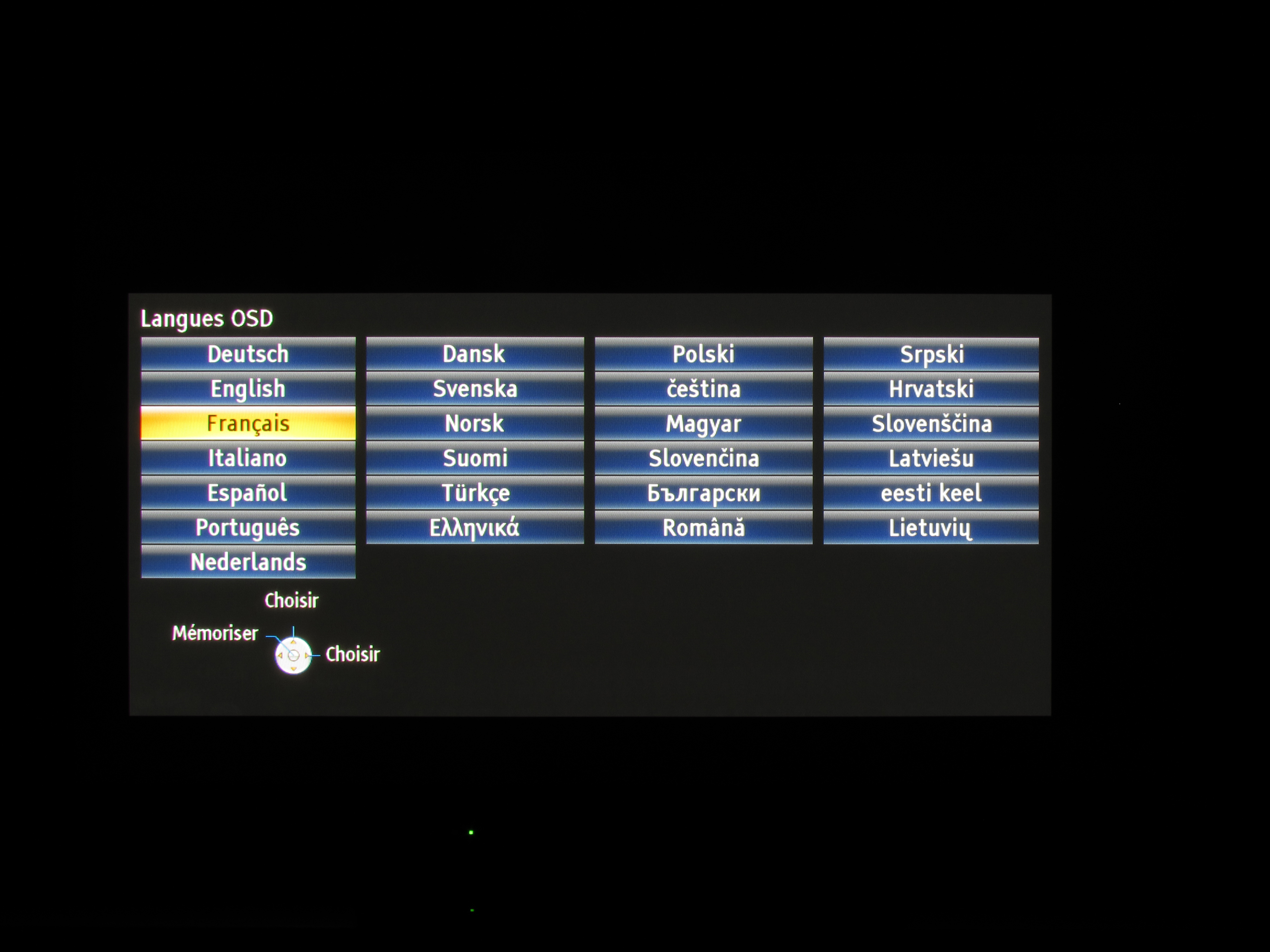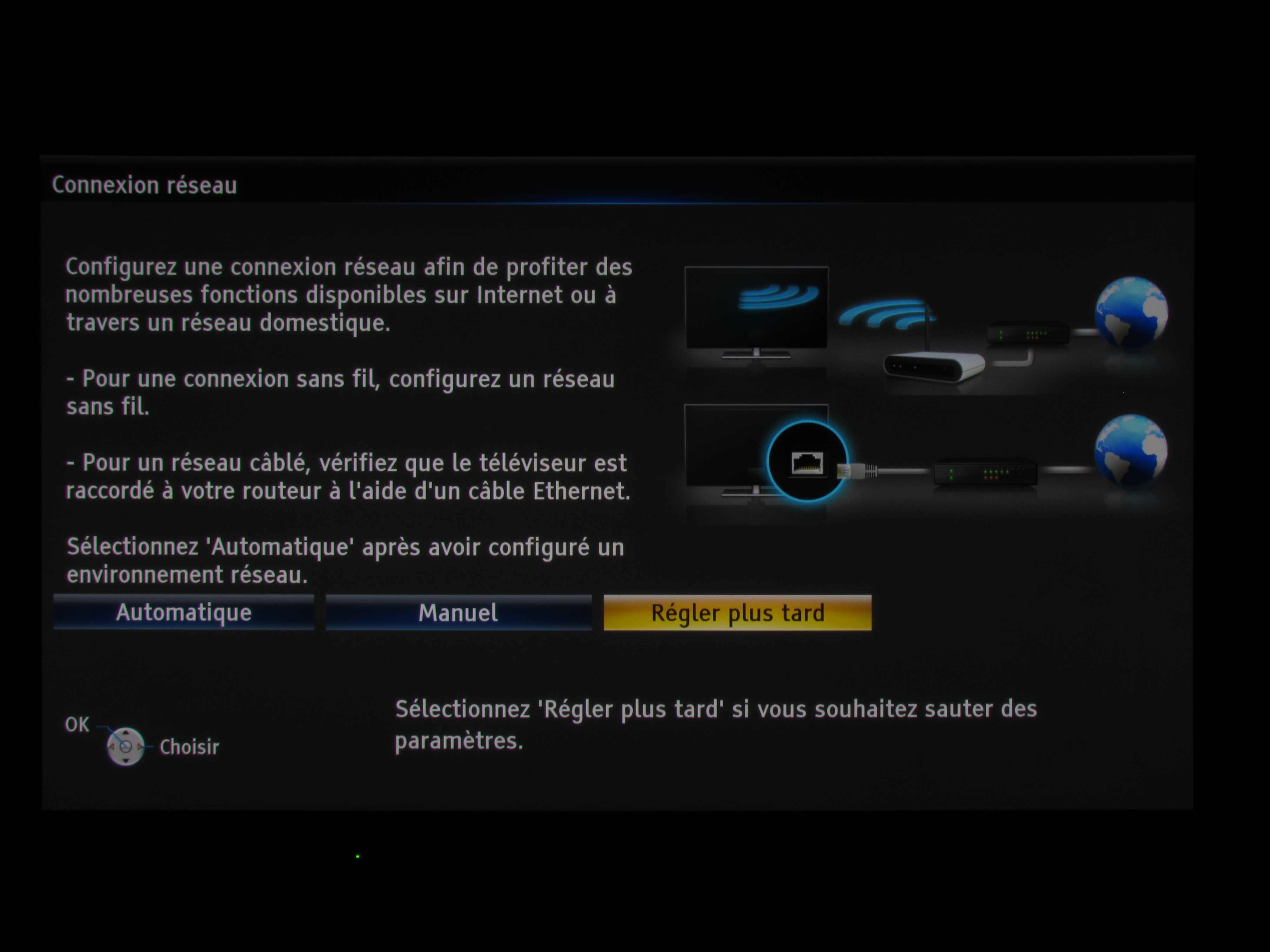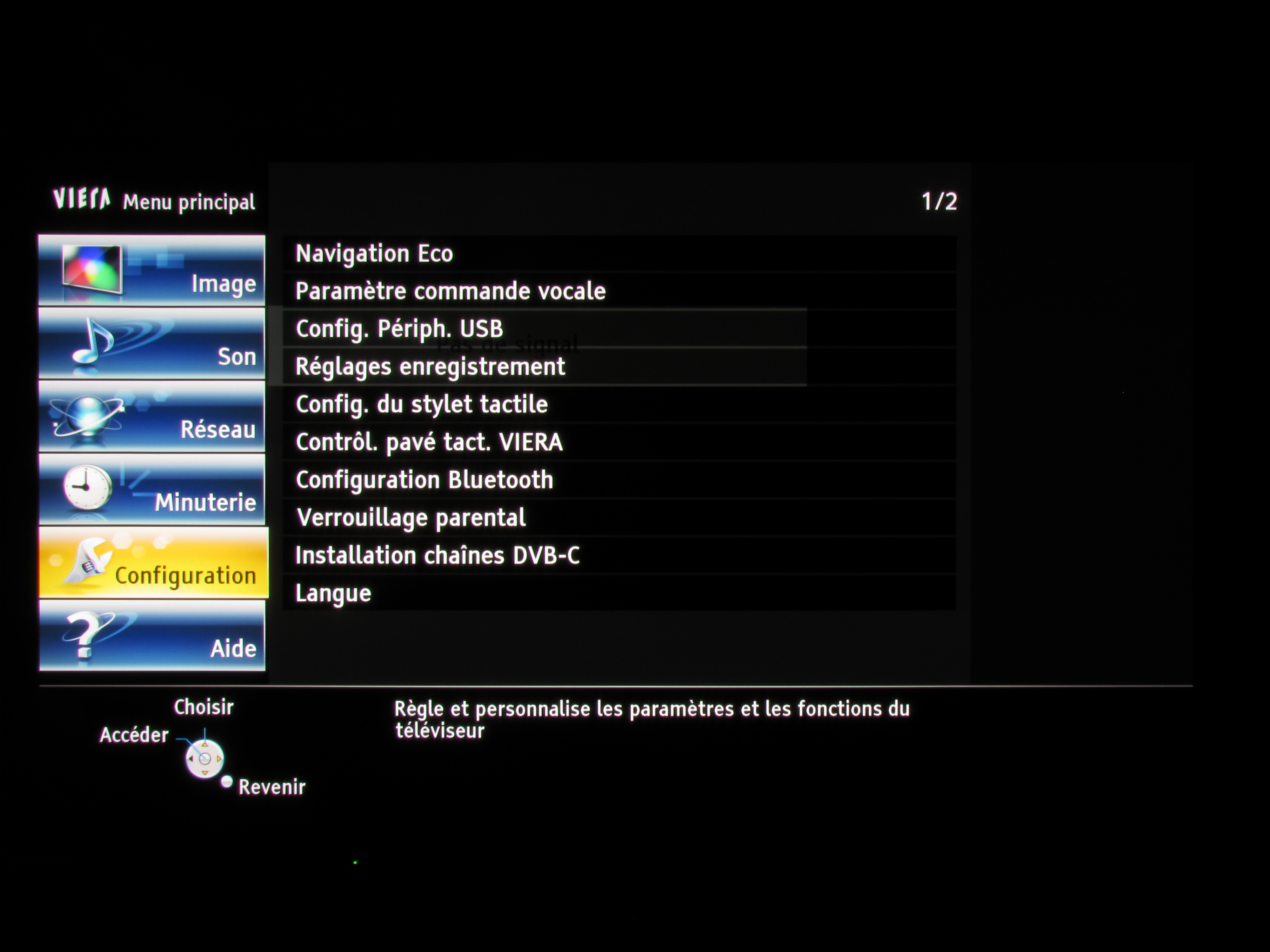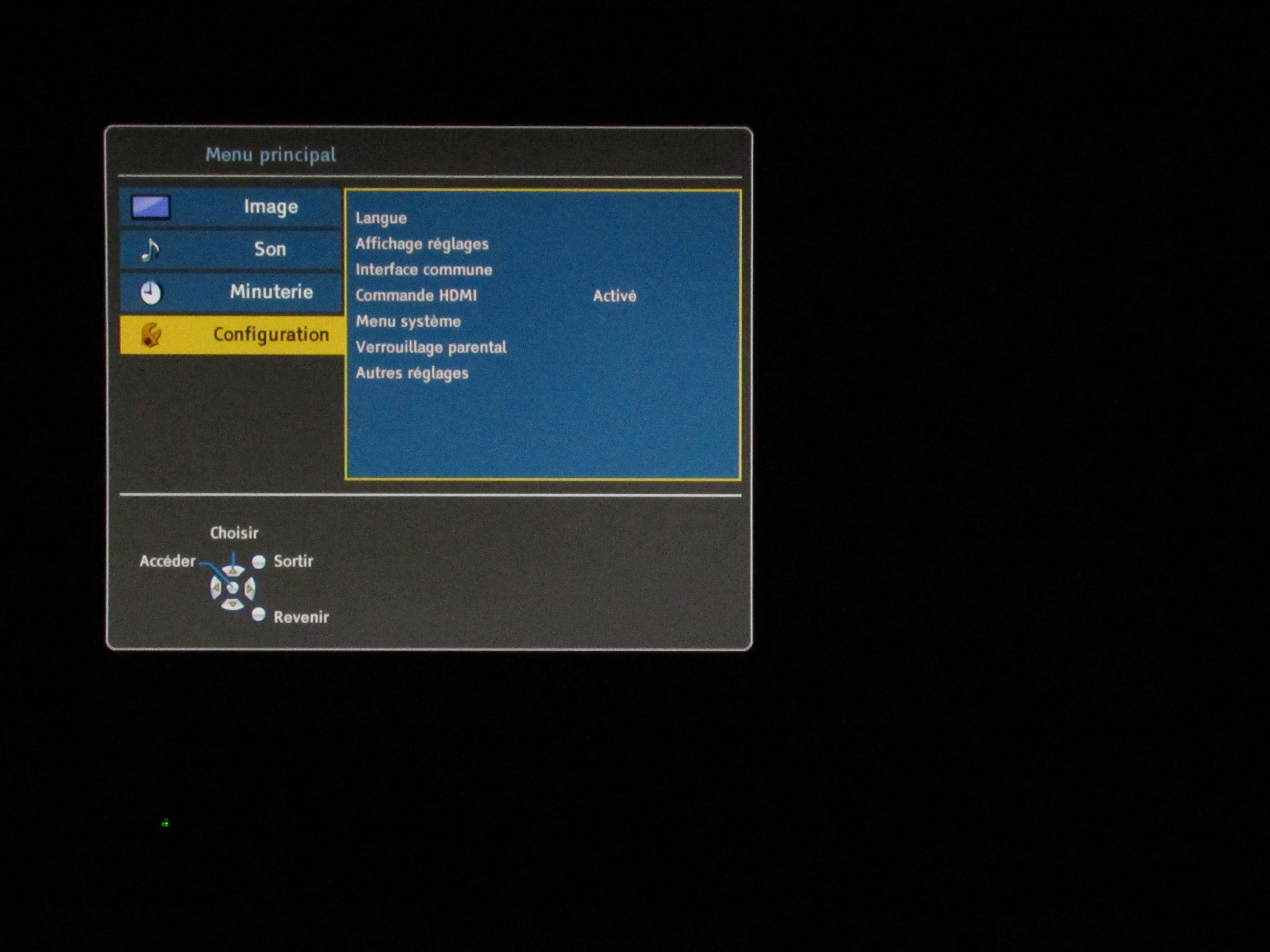

lens in a body that fits in your jacket pocket, Panasonic had to make some compromises. Canon's G3 X strays from the group, with its slower F2.8-5.6 lens. This is especially the case with the RX10s.
#PANASONIC WINDOWS 7 PRO OA ISO FULL#
The Sony RX10 I/II reaches out to 200mm (not far from the 250mm on the ZS100), but since it has a fixed F2.8 lens, its equivalent aperture is over 2 stop faster than the ZS100 at full zoom. For example, Canon's G7 X I and II, which have focal ranges of 24-100mm equiv., are 2 stops faster than the ZS100. In this group, which includes cameras from Sony, Canon and Panasonic, you'll notice that the benefit of shorter, faster lenses: their equivalent apertures start low, and stay low. Using what we've learned from above, let's take a look at how the ZS100 fits among its 1" sensor peers: Understanding the math behind all of this is a bit confusing, but the end result is the same: the ZS100 will produce better quality images and can produce more background blur than the ZS60, though you'll have to sacrifice both zoom power and money in order to get it.

The one area in which the ZS60 bests the ZS100 is in terms of zoom, as you can see by how much further the yellow line extends. The lenses used on larger sensors tend to offer more control over depth-of-field, allowing you for blurrier backgrounds in portraits. There's another benefit to having a 1" sensor rather than the 1/2.3" one.
#PANASONIC WINDOWS 7 PRO OA ISO ISO#
This will be especially noticeable in low light, when the ISO needs to go up. Since the sensor is gathering more light, you get a better signal-to-noise ratio, which in turn leads to higher image quality. For one, the ZS100 can capture roughly four times the total light at every focal length, if you keep the aperture open and use the same shutter speed. In terms of equivalent aperture (which takes into account sensor size), the ZS60 is effectively around 2 stops 'slower' than the ZS100. The yellow line at the top is the ZS60 (1/2.3" sensor), while the ZS100 (1" sensor) is in blue below it. While the ZS60 does indeed have a longer lens than the ZS100, there is a trade-off:Ībove is a graph showing equivalent aperture vs equivalent focal length, which is described in detail here. It's not a stretch to imagine a camera buyer asking themselves why they should pay more for what seems like less. You reach the Panasonic section and see the DMC-ZS60, which offers a 30X zoom and costs $450, next to the ZS100 which 'only' has a 10X zoom but costs $250 more. Imagine you're shopping for a compact travel zoom camera, and you're viewing the selection at a Big Box retailer.

It also has a 3", touch-sensitive LCD, Wi-Fi (but, unlike most Panasonic products, no NFC) and useful 4K Photo and Post Focus features. The ZS100 is chock full of features, most notably its Depth from Defocus autofocus system, 4K video capture and electronic viewfinder. The camera uses the same 20.1MP sensor as the FZ1000 which is more than likely the same as the one in the Sony RX100 II and III.

F2.8-5.9 lens is nothing to sneeze at, either. Naturally, you can't stuff a fast 25-400mm lens into a compact body, but the ZS100's 25-250mm equiv. Panasonic entered the 1"-type market in 2014 with its DMC-FZ1000, a camera we liked enough to give it a Gold award.Īt this year's Consumer Electronics Show in Las Vegas, the company announced the DMC-ZS100 (TZ100 outside of North America), which took the guts of the FZ1000 and shrank the body down to the roughly the size of a Sony RX100 IV. In fact, the company made what many would consider the first one: the DMC-TZ1, way back in 2006. There were small, standard zoom (24-70mm) models and long zooms (24-600mm), but nothing in-between for those who want a longer lens without sacrificing body size.Įnter Panasonic, a company with a long history of making travel zoom cameras. As the 1"-type enthusiast compact market has grown over the last 2 years, there has been a noticeable gap in the market.


 0 kommentar(er)
0 kommentar(er)
